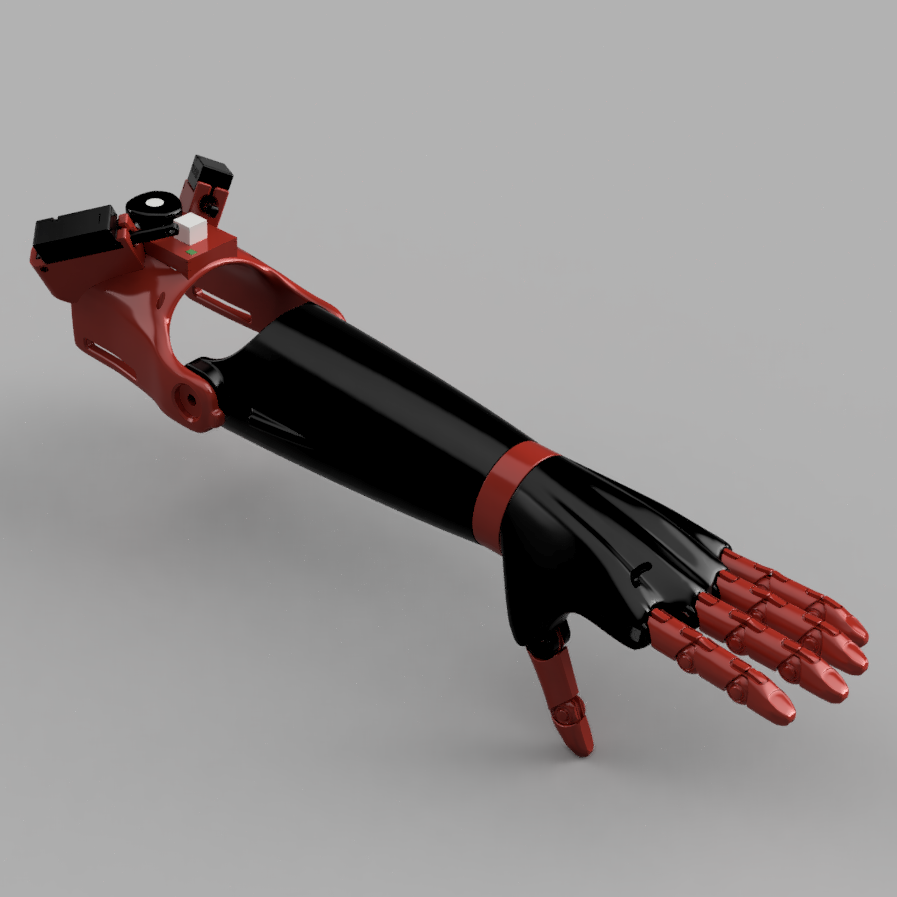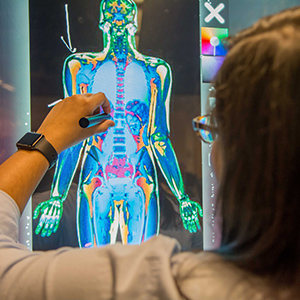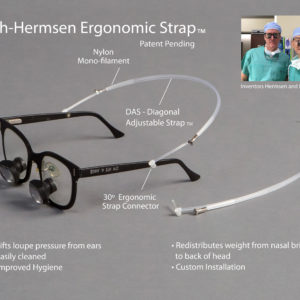Description
One device combines best of body-powered, motor-driven prostheses
A new cyborg prosthetic arm design brings prosthetics one step closer to replicating anatomy.
Traditional electronically-powered prostheses have two common downfalls: weight and a lack of manual, body-powered control.
To solve these issues, a research team at UNO Biomechanics designed a novel prosthetic arm that incorporates the best of both worlds: It has both the lightweight feel of a body-powered prosthetic and the improved functionality of an electronically-powered device.
Using a body-powered prosthetic base, the hybrid arm still provides manual control.
Manual motor control is an important feature because it permits the development of healthy and strong muscles in children who would normally abandon the use of their affected limb. That leads to long-term weakness and even postural problems such as scoliosis.
To reduce weight and enhance ease of use, fewer (and lighter-weight) motors are used.
Rather than developing all of the force needed to grip objects, the motors in this hybrid design are intended to augment the user’s strength to make using the prosthetic easier and to encourage them to use the strength they have.
Contact Tyler Scherr, PhD, at tyler.scherr@unmc.edu or 402-889-5498 to discuss partnering and licensing opportunities.





